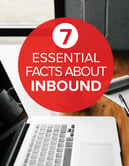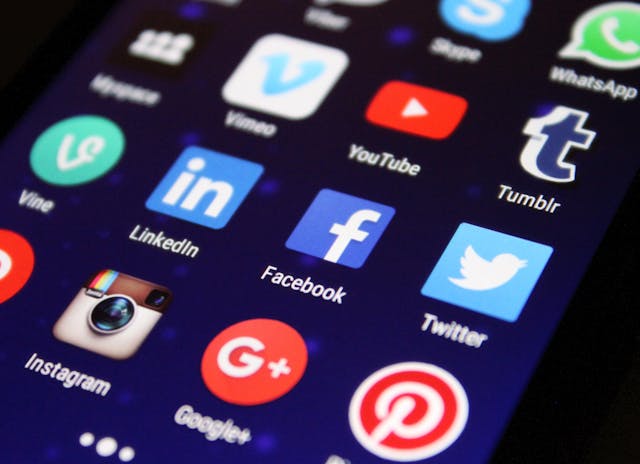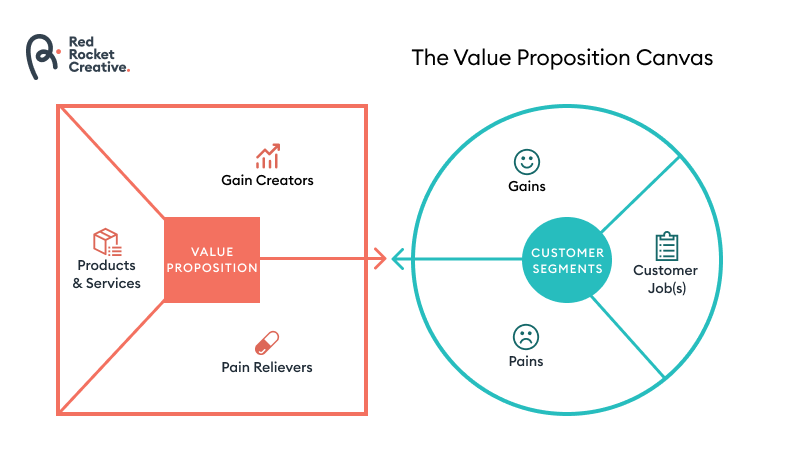Is your company putting a lot of work into marketing, but not seeing the ROI that you’re looking for?
Maybe it’s time to re-evaluate your marketing efforts. So, what might this look like?
The most innovative and successful companies are moving away from the marketing funnel, and toward what’s called the “flywheel” model.
Today, I want to talk about what that looks like, what it means for your business, and ultimately, how it can help you be more profitable.
What is the Marketing Flywheel? Why Should You Care About It?
Earlier this year, HubSpot proclaimed the marketing funnel was dead—and introduced a new concept, the flywheel.
So, what’s the difference between the funnel and the flywheel?
A marketing funnel is a linear process. When operating with a funnel framework, companies put the majority of their energy into customer acquisition. However, this approach is rather short-sighted.
On the other hand, a marketing flywheel is a “momentum” approach to marketing. The focus is no longer solely on closing deals. With the flywheel methodology, you set your current customers up for continued growth and success.
The flywheel concept places clients at the center of your universe, and all marketing, sales and customer service activities revolve around them. In contrast to the traditional funnel approach, in which marketing and sales teams each have distinct goals and processes, the flywheel concept helps ensure everyone’s goals are aligned with one another.
The vast majority of companies are still operating from a funnel perspective, including those who have already adopted inbound marketing. By combining the proven power of inbound with a flywheel approach, you’ll be moving far ahead of your competition.
How Does the Flywheel Model Work?
First Stage: Attract
The first stage involves creating helpful content and starting conversations. The goal is to make connections that can lead to meaningful relationships.
In this stage, you’ll attract website visitors through content that both demonstrates your thought leadership, and addresses your readers’ challenges. This content can include blogs, videos, reports, infographics, and more.
Second Stage: Engage
The second stage is all about building lasting and meaningful relationships. In this stage, you’ll make it easy for prospects to interact with you, and learn more about your solutions to their business challenges. The goal is to build loyalty and trust.
To achieve this, you’ll offer prospects a glimpse of what it would be like to work with you. For example, you could provide a free audit or 30-minute consultation.
By giving people a chance to interact with you personally before they decide to purchase, you can foster stronger, more connected customer relationships.
Third Stage: Delight
Providing an outstanding customer experience that adds real value to your customers’ lives is the focus of the final stage. When customers are empowered to reach their goals, they’re more likely to become enthusiastic promoters of your amazing services and your company.
By creating content that continues to help and educate your current customers, you’ll further establish your position as a trusted resource. You’ll also turn your customers into advocates for your business, which is essential today.
In fact, according to the 2018 State of Inbound report, 55% of buyers say word-of-mouth referrals influence their purchase decisions.
So how can inbound marketing support you in delighting your customers?
A great place for businesses to start is by creating a blog and “Resource Library” on their website. Some of the content in these sections will speak to prospects in the attract stage, and some will speak to and support your current customers
HubSpot is a great example of a company that does “delight” really well. Through their Academy feature, they offer a ton of useful resources for marketing and sales professionals. The well-established education platform provides support to their customers with free and accessible content.
Ultimately, it’s essential to really know your customers, so you can support them in the ways they most need.
Conclusion
To sum up, what’s true in life is also true in business: What goes around comes back around. By adopting the flywheel model, you’ll be in an ideal position to attract new customers, delight existing ones, and keep the positive momentum going for years to come.







